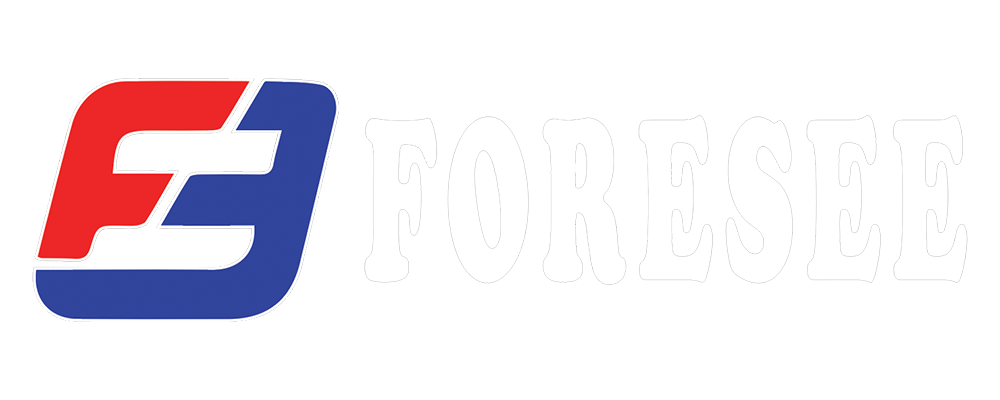In the context of welding, "AWS classification" refers to the classification system established by the American Welding Society (AWS) for various welding electrodes, wires, and filler metals. This system assigns specific codes and classifications to different welding consumables based on their chemical composition, mechanical properties, and intended use.
The AWS classification system typically consists of a series of letters and numbers that convey information about the type of welding process, the base metal being welded, the welding position, and other important characteristics of the consumable electrode or filler metal.
For example, in the AWS classification for electrodes used in shielded metal arc welding (SMAW), the electrode classification typically includes information such as:
- The type of electrode coating (e.g., "E" for electrode).
- The tensile strength of the deposited weld metal.
- The welding position(s) in which the electrode can be used (e.g., "1" for all positions, "2" for flat and horizontal positions).
- Additional details such as the chemical composition of the electrode coating or any special characteristics.
For example, the AWS classification for a common SMAW electrode might be something like "E7018," where:
- "E" indicates it's an electrode.
- "70" indicates the minimum tensile strength in ksi (70,000 psi).
- "1" indicates it can be used in all positions.
- "8" further specifies details about the electrode and its characteristics.
These classifications help welders and engineers select the appropriate welding consumables for specific applications, ensuring that the welding process produces high-quality and reliable welds that meet the required standards and specifications.

Recent post